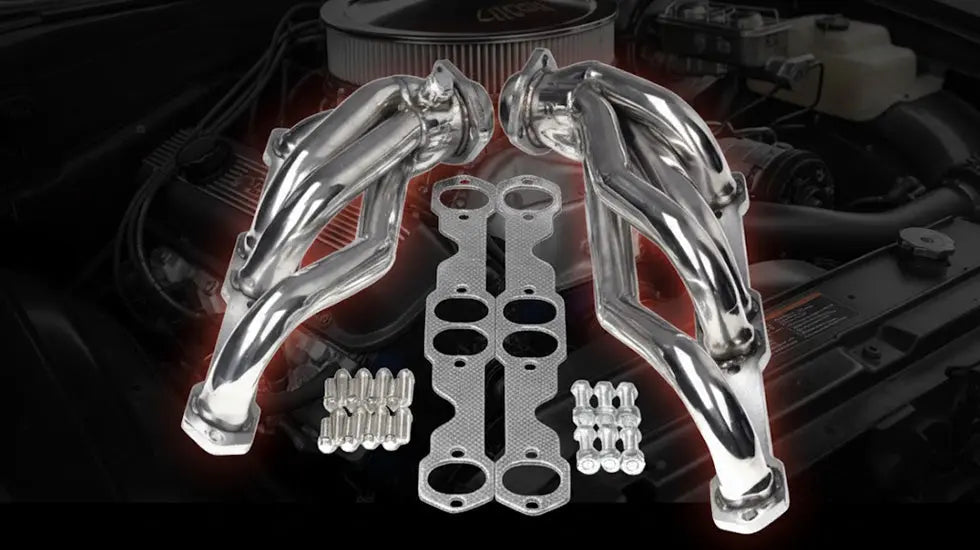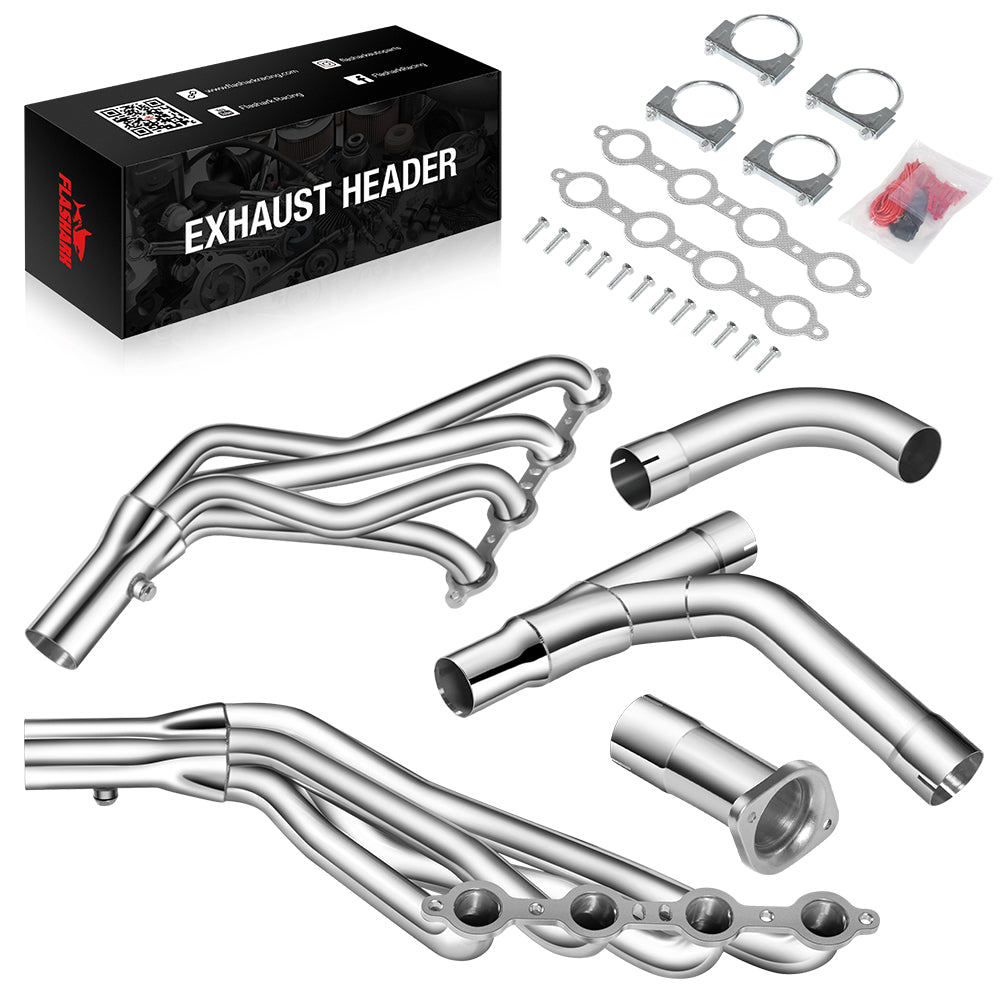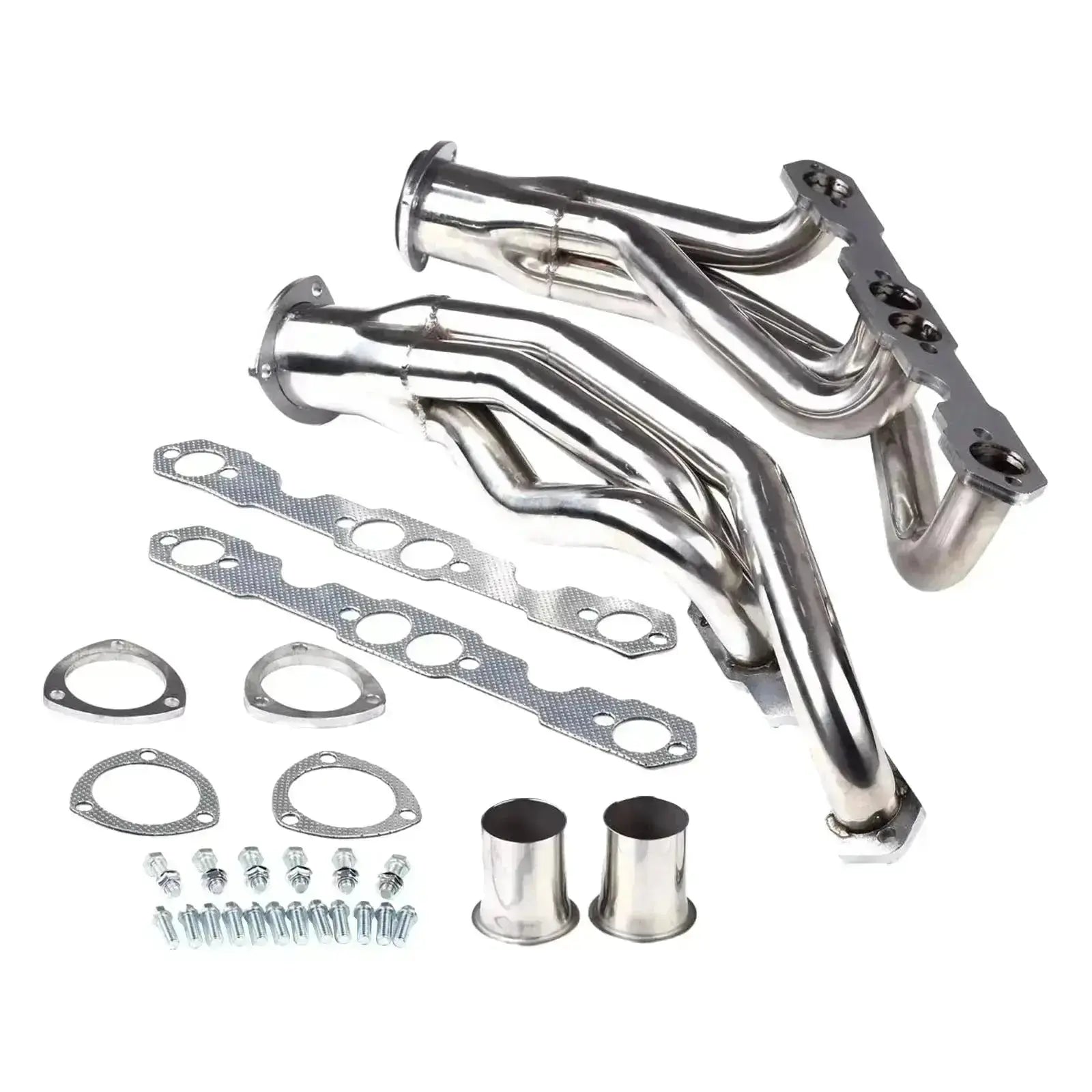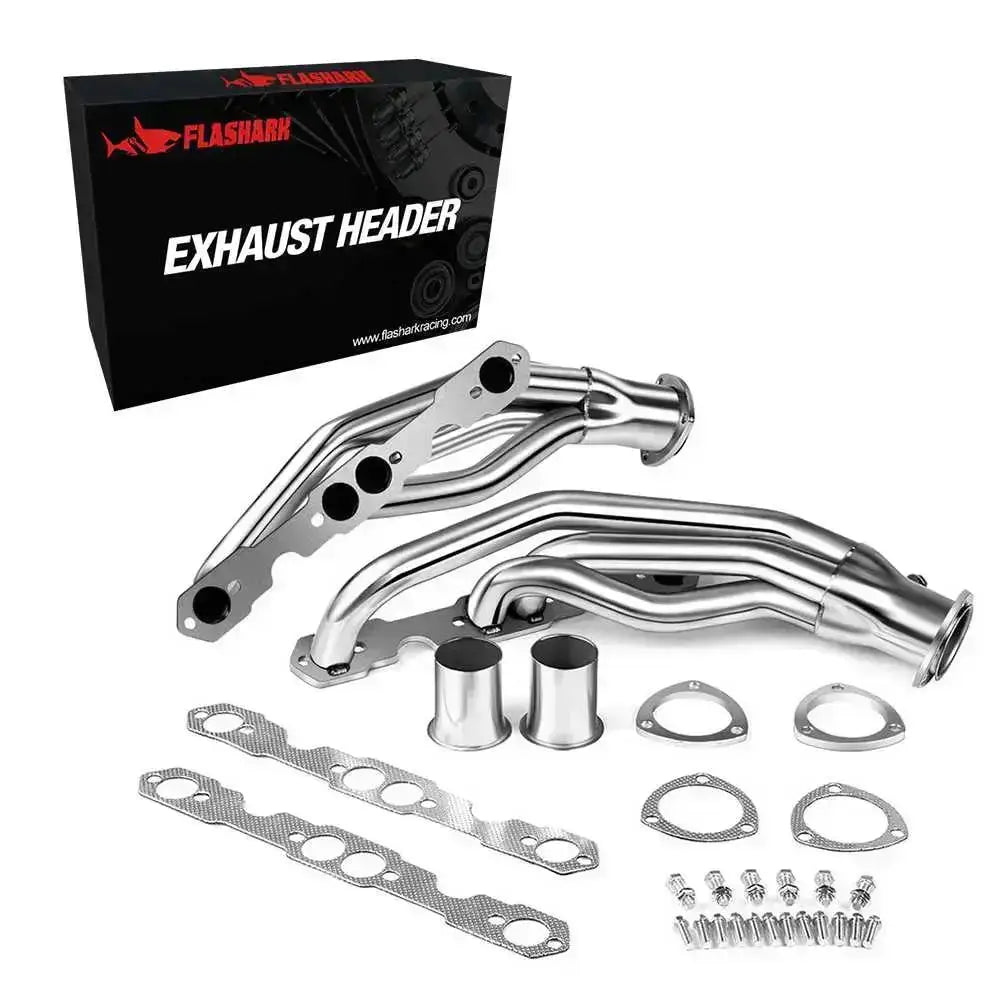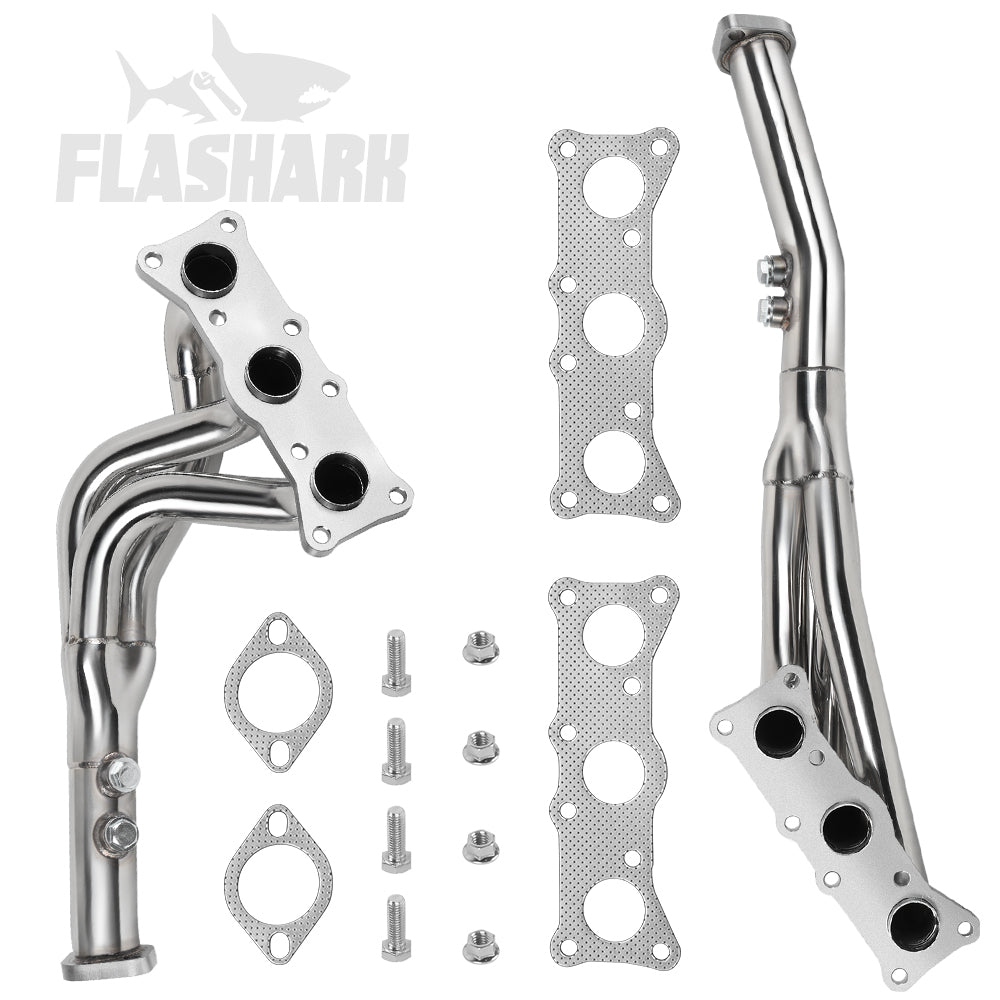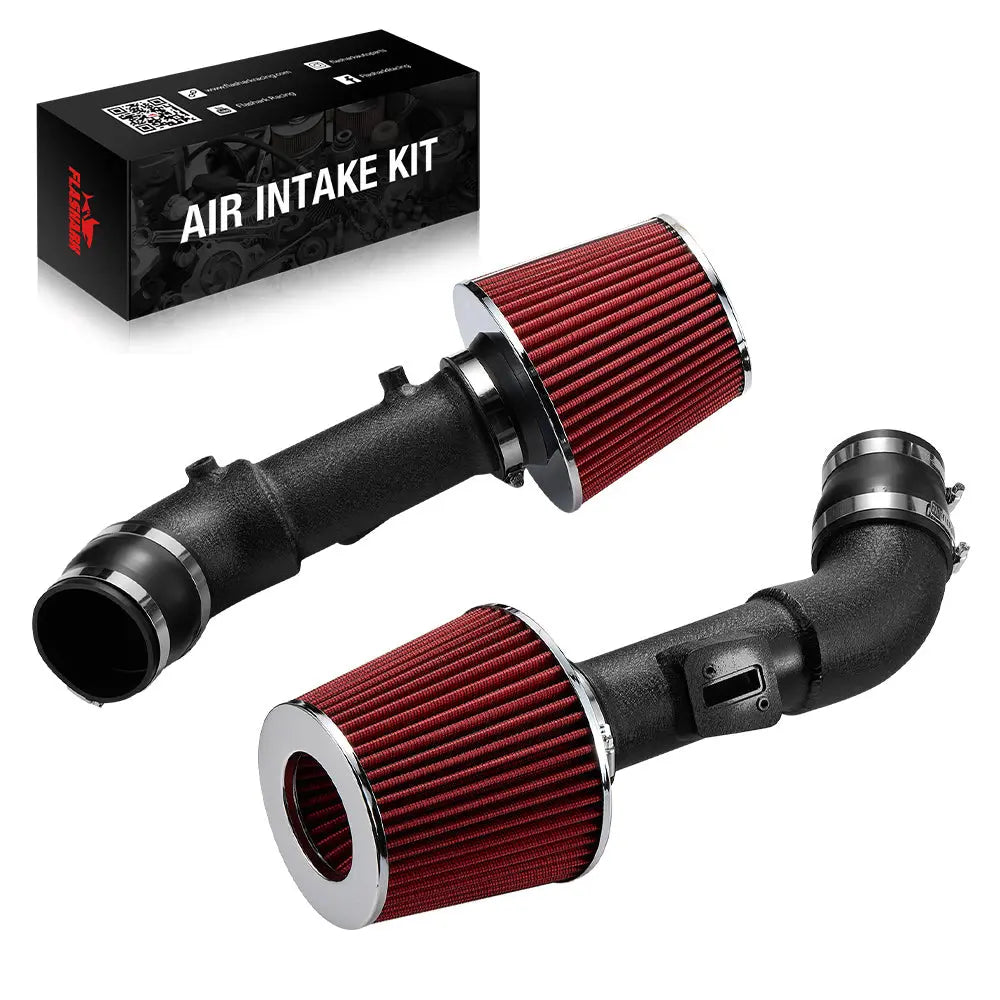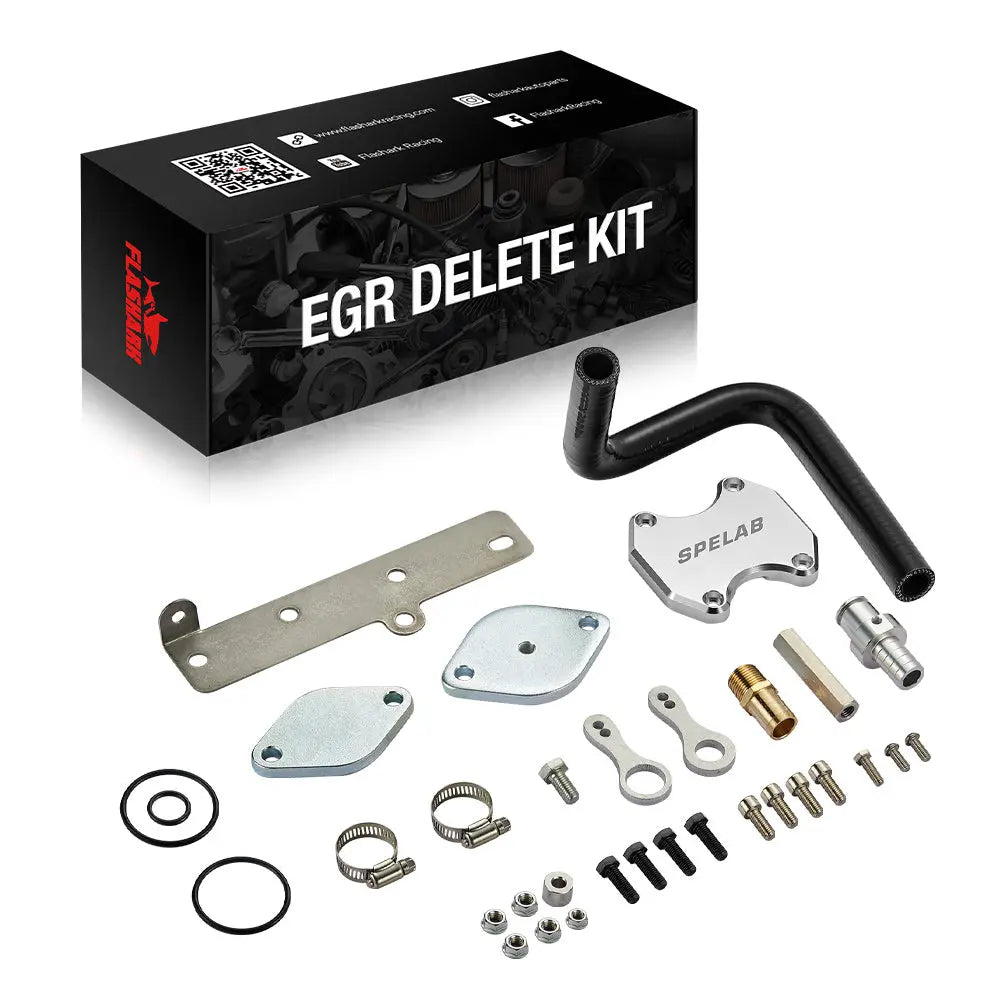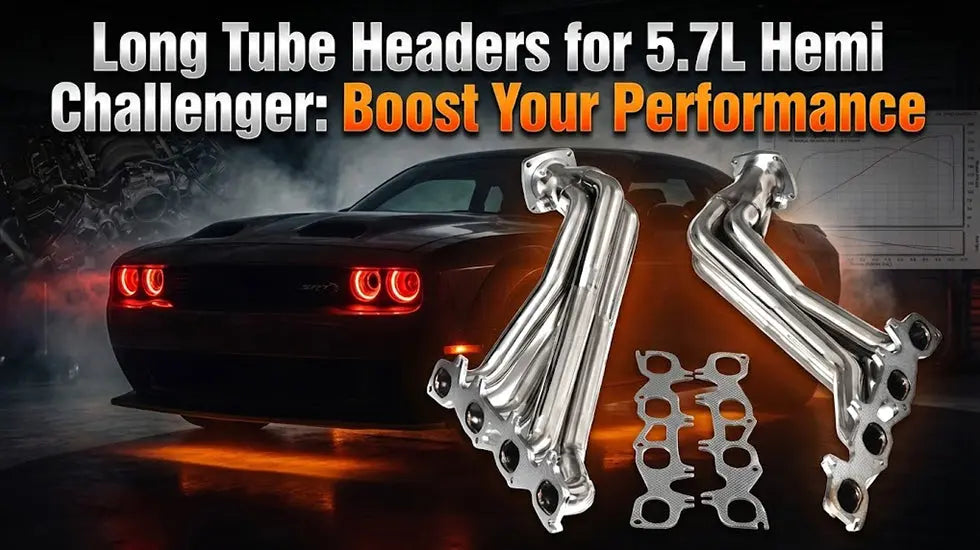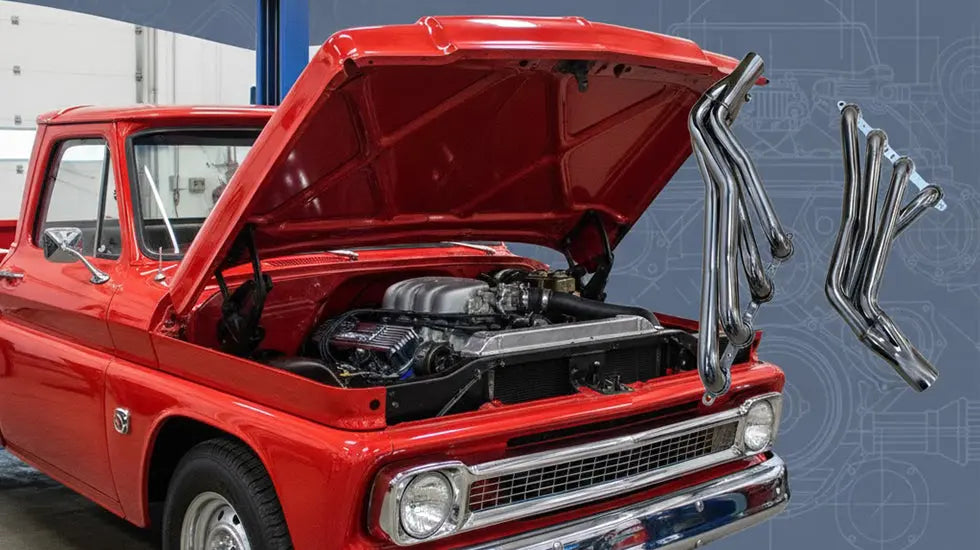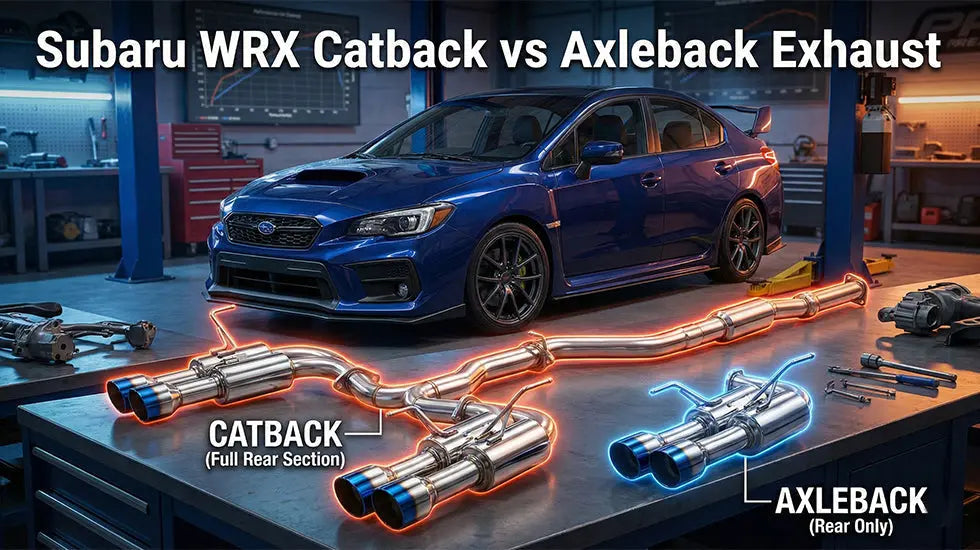Upgrading the exhaust headers on a Chevy 305 can unlock meaningful gains in horsepower and torque. Choosing the right header design ensures your small‑block engine breathes more freely, responds more sharply, and performs better under load. This article guides you through why headers matter, how to select the proper style for a 305, and which specific options deliver results.
Why Upgrading Headers Matters for a Chevy 305
A factory exhaust manifold is typically cast iron, compact, and designed for cost and packaging—not maximum flow. By contrast, a performance header replaces the stock unit with individual tubes for each cylinder, reducing back‑pressure and improving scavenging.
Because the Chevy 305 is smaller in displacement than many V8s, maintaining exhaust velocity is critical. Oversized tubing or excessive flow reduction can hurt low‑end torque—a key area for daily drivability.
Key Considerations When Choosing Headers for a 305 Engine
Before purchasing headers for a Chevy 305, evaluate your engine build, intended use, and installation constraints.
- Engine build and RPM range – If your 305 is stock or mildly modified (stock heads, moderate cam), you’ll want a header design tuned for low‑ to mid‑RPM torque rather than high‑RPM peak power.
-
Primary tube diameter and collector size – For a 305, primary tubes in the 1.5″‑1.625″ range often strike a good balance between flow and velocity. Industry data shows this tube diameter dominates in small‑ to mid‑displacement applications.
-
Material and construction – High‑quality headers use T304 stainless steel, mandrel‑bent tubes, TIG‑welded flanges and robust gaskets. These features improve durability, fitment and performance under heat.
-
Fitment and vehicle compatibility – Many Chevy 305 installations occur in trucks, El Caminos or G‑body chassis. Clearance under the frame, motor‑mount geometry and steering components must all be checked. Misfit headers can cause leak or clearance issues.
- Port matching and exhaust system integration – The header must match the cylinder‑head exhaust port size and shape. Also, the downstream exhaust (pipes, mufflers, diameter) must be sized to complement the header.

Recommended Flashark Headers for Chevy 305
Upgrading the headers on a Chevy 305 is one of the most effective ways to increase engine performance. Flashark offers two high-quality options designed specifically for this engine. Both headers provide excellent fitment, durable construction, and noticeable gains in horsepower and torque. Depending on your goals—whether you want maximum top-end power or improved low- to mid-range torque—one of these headers will be the right choice for your vehicle.
Flashark Chevy 305 Long-Tube Headers
The Flashark Chevy 305 long tube headers are engineered for 1988‑1997 Chevy and GMC 305 5.0L engines, including C1500, C2500, K1500, K2500, Silverado, Tahoe, and Yukon models. Made from T304 stainless steel with a mirror-polished finish, these headers feature a 1.5-inch inlet and 3.0-inch outlet with a TIG-welded CNC flange for precise sealing. The 8-2 lightweight tube design helps improve exhaust scavenging at higher RPMs, which translates into stronger top-end power. For 305 engines equipped with upgraded heads or camshafts, these headers maximize performance while still preserving reasonable low-end torque.

Flashark Chevy 305 Short Headers
Flashark Chevy 305 short headers are also designed for 1988‑1997 Chevy 305 5.0L engines, including popular trucks and SUVs like the C/K 1500/2500, Silverado, Blazer, Suburban, Tahoe, and Yukon. Constructed from mandrel-bent T304 stainless steel with a polished finish, they are fully bolt-on and include all necessary hardware and gaskets. The short-tube design is ideal for vehicles with limited clearance, such as lowered chassis or tight truck beds. These headers focus on enhancing low- and mid-range torque, improving drivability for everyday use, while offering a straightforward installation process and a claimed 10–15 horsepower and torque gain.

Long Tube vs Short Tube Headers: Which is Right for Your 305?
Choosing between long and short headers depends on your driving style, engine modifications and installation space.
-
Torque curves & powerband: Short‑tube headers tend to favour low‑ and mid‑RPM torque. Long‑tube headers favour high‑RPM horsepower and strong top‑end pull.
-
Installation complexity & clearance: Short headers are typically easier to fit, especially in trucks or vehicles with tight floorpan clearance. Long headers may require more space and effort.
- Sound and exhaust character: Long‑tube headers often produce a more aggressive tone and deeper rumble, while short tubes lean slightly quieter and more street‑friendly.
- Engine build match: For a mostly stock 305, short‑tube headers may offer the best balance. For a 305 with upgraded heads, camshaft, intake and higher RPM capability, a long‑tube header is more appropriate.
Installation and Maintenance Tips for Chevy 305 Headers
When installing headers on a Chevy 305, follow best practices to ensure performance, longevity and reliability.
Start with a clean mounting surface; ensure head flange and block flange are flat and free from rust or warpage. Use high‑quality gaskets to prevent leaks.
Torque header bolts to the manufacturer’s specification. After the first heat‑cycle, re‑check and retorque as necessary.
Because performance headers often increase under‑hood and under‑floor heat, consider heat‑wrapping or ceramic coating the tubes, and check heat‑sensitive wires, fuel lines and brake lines for proximity.
Finally, make sure your downstream exhaust system (pipe diameter, muffler type, crossover or H‑pipe if applicable) matches the header choice to optimize exhaust flow and avoid creating bottlenecks.
Closing Summary
Upgrading to one of the best headers for a Chevy 305 is a smart move when you want better engine breathing, sharper throttle response and improved performance. By selecting the right header design for your build—whether the Flashark Long Tube version for high‑RPM power or the Flashark Short Headers for low/mid‑RPM torque and easier fitment—you’ll maximize the potential of your 305. Match the header to your engine’s flow characteristics, vehicle fitment constraints and driving style, and you’ll be rewarded with real gains you can feel.

